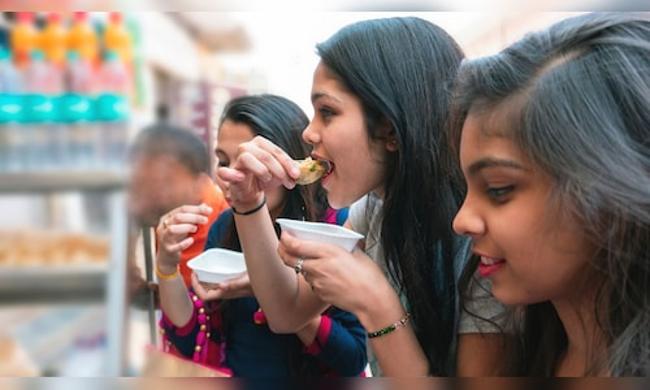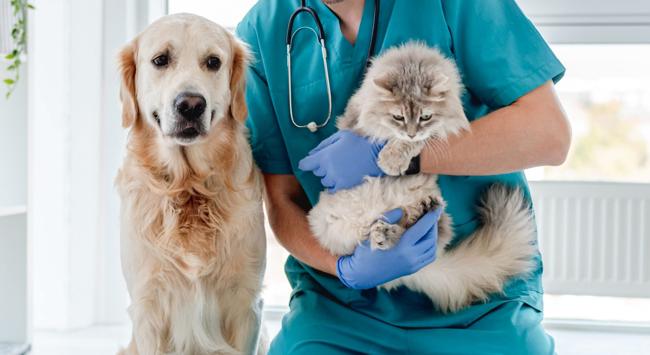Summary
The Association of PET Recyclers (Bharat) on Wednesday hailed regulator FSSAI’s latest guideline on use of recycled polyethylene terephthalate (r-PET) for food products packaging, saying it will boost circular economy.
Source: CNBCTV18

AI News Q&A (Free Content)
Q1: What are the new guidelines by FSSAI regarding the use of recycled PET (r-PET) for food packaging, and how do they aim to improve the circular economy?
A1: The new guidelines by FSSAI allow the use of recycled polyethylene terephthalate (r-PET) in food packaging. This initiative is expected to enhance the circular economy by promoting the recycling of PET bottles, which are a significant component of plastic waste. By allowing recycled PET in food packaging, it reduces reliance on virgin plastics, thereby decreasing the environmental footprint and promoting sustainable practices in packaging.
Q2: What is the significance of recycled PET in reducing carbon emissions compared to virgin PET, and how does this impact environmental sustainability?
A2: Recycled PET (r-PET) has a significantly lower carbon footprint compared to virgin PET. The carbon footprint of r-PET is approximately 0.45 kg CO2 per kg, whereas virgin PET has a footprint of 2.5 kg CO2 per kg. This substantial reduction in emissions highlights the environmental benefits of using recycled materials, as it contributes to the reduction of greenhouse gases and supports efforts towards a more sustainable environment.
Q3: How does the recycling process of PET bottles contribute to sustainability, and what are the two main methods used?
A3: The recycling process of PET bottles involves collecting, sorting, cleaning, and grinding them into 'bottle flakes,' which can then be processed through either 'physical' or 'chemical' recycling. Physical recycling involves melting the bottle flake into new shapes, while chemical recycling involves depolymerizing the flakes to repolymerize them into PET polymer. Both methods support sustainability by reducing waste and the need for virgin raw materials, thereby lowering the environmental impact.
Q4: What role does blockchain technology play in enhancing the circular economy, particularly in the context of recycled plastics?
A4: Blockchain technology aids in the transition to a circular economy by providing transparent and secure supply chain management systems. Its decentralized nature improves product accountability and traceability, which is vital for the recycling of plastics. However, challenges such as scalability, interoperability, and regulatory issues need to be addressed to fully realize its potential in circular economy models.
Q5: What are the health implications of using r-PET in food packaging, and what regulatory measures ensure its safety?
A5: The use of r-PET in food packaging has raised concerns about potential health impacts. However, regulatory bodies like FSSAI implement stringent guidelines and testing to ensure that recycled materials meet safety standards. These measures are designed to prevent any detrimental health effects, ensuring that r-PET is safe for use in food contact applications.
Q6: What recent advancements in research have been made towards achieving a sustainable circular plastic economy?
A6: Recent research has focused on chemical recycling methods that enable plastics to be broken down into their monomers, facilitating the creation of a sustainable circular plastic economy. Innovations in X-ray absorption spectroscopy have enhanced the understanding of polymer deconstruction processes, which is crucial for developing effective recycling techniques that do not compromise material integrity.
Q7: How does the global recycling rate of PET bottles compare to the overall production of PET, and what does this indicate about recycling efforts?
A7: The global recycling rate for PET bottles reached 33% in 2023, a notable increase compared to previous years. However, considering the annual production of PET was 56 million tons in 2016, there is still significant room for improvement in recycling efforts. The gap between production and recycling rates underscores the need for enhanced recycling initiatives and consumer awareness to increase the proportion of PET that is recycled.
References:
- PET bottle recycling
- Polyethylene terephthalate
- A plastics hierarchy of fates: sustainable choices for a circular future
- A Systematic Literature Review on the Use of Blockchain Technology in Transition to a Circular Economy
- Operando Ultrafast Damage-free Diffraction-Enhanced X-ray Absorption Spectroscopy for Chemical Reactivity of Polymer in Solvents





